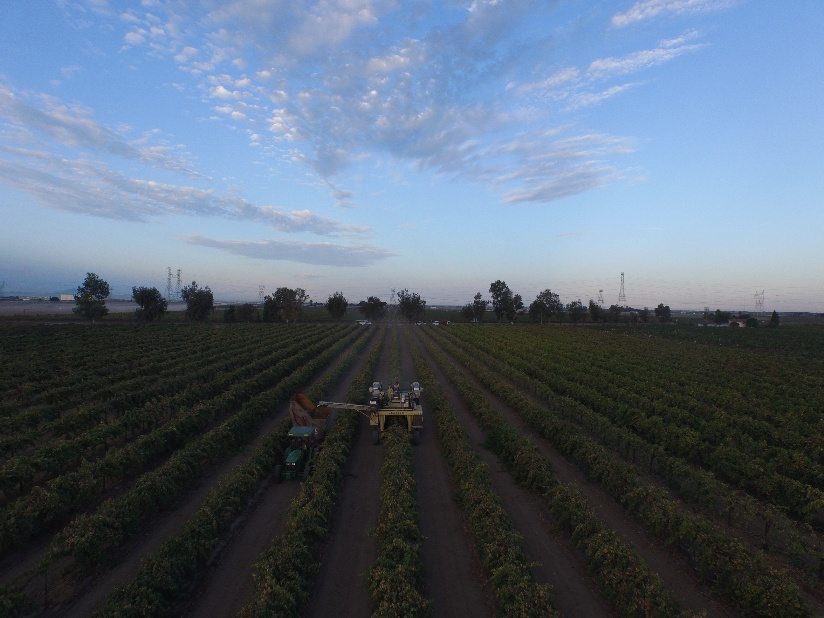Identifying and Documenting R&D Credits in Your Agribusiness
Identifying and documenting R&D credits in your Roseville agribusiness. Our Roseville CPAs can help agricultural businesses document research and development expenditures. Free consultations.
As more Agribusiness companies are interested in taking advantage of the credit for increasing research activities (“R&D Credits”) under Internal Revenue Code (“IRC”) §41, they are encountering several difficulties in determining what expenses are eligible for the credit and in documenting those expenses.
Roseville CPA for Farmers and Agribusinesses
As a CPA for farmers, Cook CPA Group and our team of experts can help ensure you meet the IRS requirements necessary for obtaining research and development tax credits.
The two key questions taxpayers should be asking themselves are:
- What activities at my company are eligible for the R&D credit?
- Are the R&D expenditures related to those activities properly identified and captured?
Employee Activities as Expenditure

The largest qualified expenditure for most companies is wages paid to in-house personnel who perform research activities for their company. Identifying and qualifying these employees can be a big challenge especially when determining between qualified activities, such as experimental prototype development, and non-qualified activities like routine agriculture and harvesting activities.
Most companies fall into two categories when determining how employee’s qualified time is captured:
- Those that utilize formal project accounting to track their R&D expenditures on a regular basis and
- Those that do not have a formal process in place.
While project accounting isn’t specifically required by taxpayer’s to claim the R&D credit, a taxpayer must “retain records in sufficient usable form and detail to substantiate that the expenditures claimed are eligible for the credit.” (IRC §6001). Having a process in place to establish the correct amount of eligible wages is critical to substantiating the costs.
Example: One recent client that harvests grapes was looking to develope a new process to increase the shelf life of the fruit. The client created a project tracking system to account for the steps each employee would perform to set-up experiments, document the results of such experiments, and capture the costs associated with these research activities. Developing and maintaining these types of documents are important to supporting your R&D credit claims.
Contract Research Expenses
We discussed employee activities as eligible research expenditure, but what other R&D costs are often not properly documented? One such expenditure is contract research expenses, which is 65% of “any amount paid or incurred by the taxpayer to any person (other than an employee of the taxpayer) for qualified research” is eligible for the R&D credit.
Let’s say your company hires a third party mechanical engineer to build a prototype machine to improve the harvesting process. The outside consulting costs associated with these activities should qualify, right? Not necessarily, there are several factors to consider before you can claim these costs as eligible contract research expenditures.
- The activities need to be conducted on a qualified project that meets the IRC §41eligibillity requirements.
- The actual contract or agreement needs to be reviewed and evaluated under the “Rights” and “Risks” tests since the taxpayer has to have substantial rights to the research and take on the economic risk of the research. Under the R&D regulations, the qualified research will be treated as being performed on behalf of the taxpayer if only the taxpayer has a right to the result
- Regulations require the taxpayer to bear the expense even if the research is not successful. To this end, companies need to make sure they review all of their contracts when hiring outside contractors or consultants who perform research for them.
Supply Expenses
Are you including your supplies as a R&D expenditure? Supplies are any tangible property other than land, land improvements, or other property subject to depreciation that is used or consumed during research. Supply expenses must be directly linked to qualified research activities, including prototypes and testing materials. Travel, shipping or royalty expenses cannot be included as supply expenses. Taxpayers routinely fail to properly claim their supply expenses because they have not shown how these expenses were used during research or conversely, they failed to recognize them as an eligible expense in the first place.
Example: Engineers at a winery researched and designed new paddles for a mechanical de-stemming machine in an attempt to remove more of the stems from the current process. The costs of the experimental paddles can be treated as an eligible supply expense even though the cost of the machine is a capitalized expense not eligible for the R&D credit. It is important for companies to review and bifurcate both eligible supply expenses from capitalized expenses when researching and experimenting with new machinery and equipment.
While there are only a few types of qualified expenditures eligible for the R&D credit, there are many rules and regulations that determine what activities are qualified and how to properly document these expenses. As you evaluate these potentially qualified expenditures, consider what types of documentation you have to support the claim; is it sufficient or are there areas that are lacking and need more substantiation. The more information and support you have to justify your R&D credits, the more success you will have if and when these claims are under examination.
Upcoming R&D Educational Forum
Join Cook CPA Group and the experts from Corporate Tax Incentives for a forum to discuss how your agribusiness can benefit from the lucrative federal and California R&D tax credits.
November 15th at 5:30
Granite Bay Golf Club

